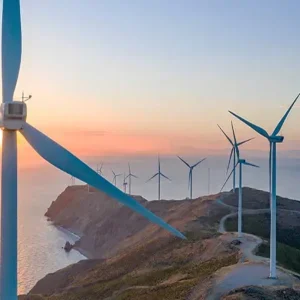On June 16, BP announced an agreed package of measures, including the creation of a $20bn escrow account to satisfy certain obligations arising from the oil and gas spill.
The company also said that two containment systems continue to collect oil and gas flowing from the Deepwater Horizon’s failed blow-out preventer (BOP) and transport them to vessels on the surface.
The lower marine riser package (LMRP) containment cap, installed on June 3, takes oil and gas to the Discoverer Enterprise where oil is collected and gas flared. The second system, which began operations on June 16, takes oil and gas to the Q4000 vessel on the surface where both oil and gas are flared.
On July 3, a total of approximately 25,198 barrels of oil were collected or flared by the two systems and 57.0 million cubic feet of gas were flared. Specifically, the LMRP containment system connected to the Discoverer Enterprise collected 17,022 barrels of oil, and the Q4000 flared an additional 8,176 barrels of oil. To date, the total volume of oil collected or flared by the containment systems is approximately 585,400 barrels.
Preparations continue for the next step in containment operations. Work on the first floating riser containment system planned to be connected to the Helix Producer was delayed by heightened sea states caused by Hurricane Alex as it passed through the Gulf of Mexico.
According to BP, the floating riser system is designed to allow rapid disconnection and reconnection of the system, reducing the time that collection may be impacted in the case of, for example, inclement weather. It is currently anticipated that this first floating riser system will be available to begin first operations towards the end of the week.
Plans are also being developed for additional containment capacity and flexibility. These projects are currently anticipated to begin operations around mid- late July.
The LMRP containment cap system, the Q4000 system and the planned additional containment systems have not been deployed at these depths or under these conditions, and their efficiency and ability to contain or flare the oil and gas cannot be assured, the company said.
Work on the first relief well, which started on May 2, continues. The well reached a depth of 17,725ft on July 4 and a sixth ‘ranging’ run was completed. The second relief well, which started on May 16, has now reached a measured depth of 13,871ft. Both wells are still estimated to take approximately three months to complete from commencement of drilling.
Work continues to collect and disperse oil that has reached the surface of the sea, to protect the shoreline of the Gulf of Mexico, and to collect and clean up any oil that has reached shore, BP said.
The company said that operations to skim oil from the surface of the water were temporarily placed on hold for approximately three days because of the effects of Hurricane Alex. To date, these operations have recovered, in total, approximately 673,497 barrels (23.5 million gallons) of oily liquid. In addition, a total of 275 controlled burns have been carried out to date, removing an estimated 238,000 barrels of oil from the sea surface.
The total length of containment boom deployed as part of efforts to prevent oil from reaching the coast is now almost 2.9 million feet (550 miles).






